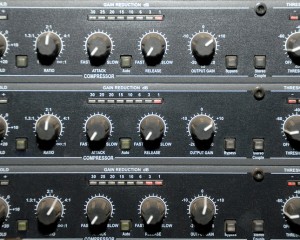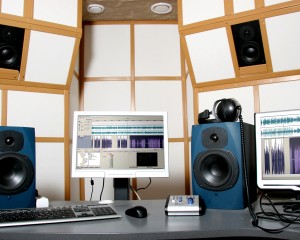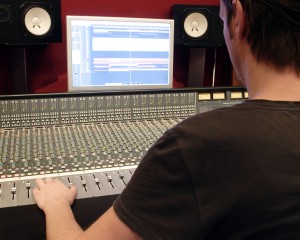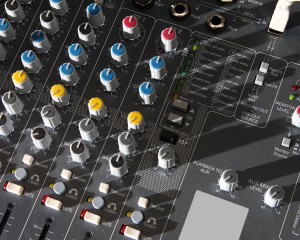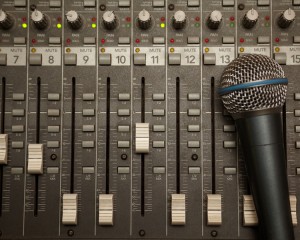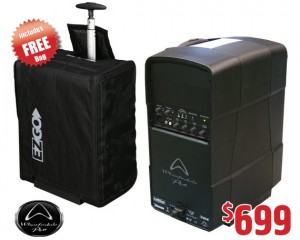To quote mixing and recording guru, David Pensado: “if you can make it exciting at a low level, it’ll sound exciting at any level”. It’s all too easy to crank the volume up and produce and monitor at loud volumes. It’s fun, and it grants us an instant level of excitement. But does it help us achieve better mixdowns? Unfortunately, the answer is a resounding ‘no’. Mixing at really loud volumes comes with a .
Tag Archives: Audio engineering
I had the pleasure of sitting down to have a chat with a veteran FOH engineer, live mixer and musician by the name of Zac Ruokari. We discussed everything from mixing tips, how he got to where he is today, gear-talk, and more. Take heed – this information is absolute gold! Q: For those who don’t know you, tell us a little bit about yourself and your live audio career thus far. I am .
Many musicians have a fair idea of what compression is, but not all of them know how to master it. To really get a good grasp of how to properly use compression, you’ll first need to get the basics covered. This article explains the compressor’s main functions, dials and parameters so you can get your head around this vital processing tool. What is a compressor? Essentially, compression reduces the dynamic range of whatever sound .
Distortion’s been around so long that even its originations are unclear. Ask a variety of engineers and you’re bound to get a bunch of different responses as to who the first musician to popularise distortion was. History aside, distortion comes in a wide variety of different forms, each with their own unique characteristics. In this article, we explore some of the more common types of distortion and how they work. Tape saturation Back in .
There’s a sad but evident truth to buying expensive, high-end monitors: they’ll only sound as good as your room. But for this article’s sake, let’s say you’ve already got your room sounding fantastic (for a full article on getting your room to sound great, click here). Now, all that’s left is the matter of how to position your speaker setup so that you achieve the best listening position possible. Let’s dive in, shall we? .
It’s a fact of life that we all make mistakes. After all, we are human, right? With the widespread availability of cheap and even free plugins, we often get caught up in the frenzy of grabbing every VST we can possibly fit into our hard drives. While this isn’t inherently a bad thing, it can often lead to us forgetting about basic techniques and relying on presets and (god forbid) mastering to fix our .
Preparation is key to success, and the live mixing world is no exception. As it never hurts to have a few tricks up your sleeve, we look at 5 quick but effective live sound mixing tips that separate the rookies from the pros. Be prepared for dropouts There’s nothing worse than having a piece of gear fail you at a critical moment, but you have to be prepared for it. Before every gig, assess .
Feedback is every live audio engineer’s worst nightmare, and it goes without saying that nobody in the crowd deserves to be subjected to an ear canal torture session. It’s your job as an engineer to ensure that never happens, so without further ado – here are 3 great strategies to help minimise stage feedback during a live performance. Position your microphones (and vocalists) correctly Ensure that you’ve correctly positioned your microphones in accordance to .
Wharfedale Pro EzGo Portable PA The Wharfedale Pro EZGO is an innovative portable PA solution that is ideal for announcement, presentation and entertainment applications. EZGO is simple to use and requires no specialist or technical knowledge to stage a professional performance. Its class leading usability is matched to genuine professional audio quality. Rapid setup and near non-existent take-down times ensure that EZGO will always keep your presentation stress free and professional. Audiences of up .


























